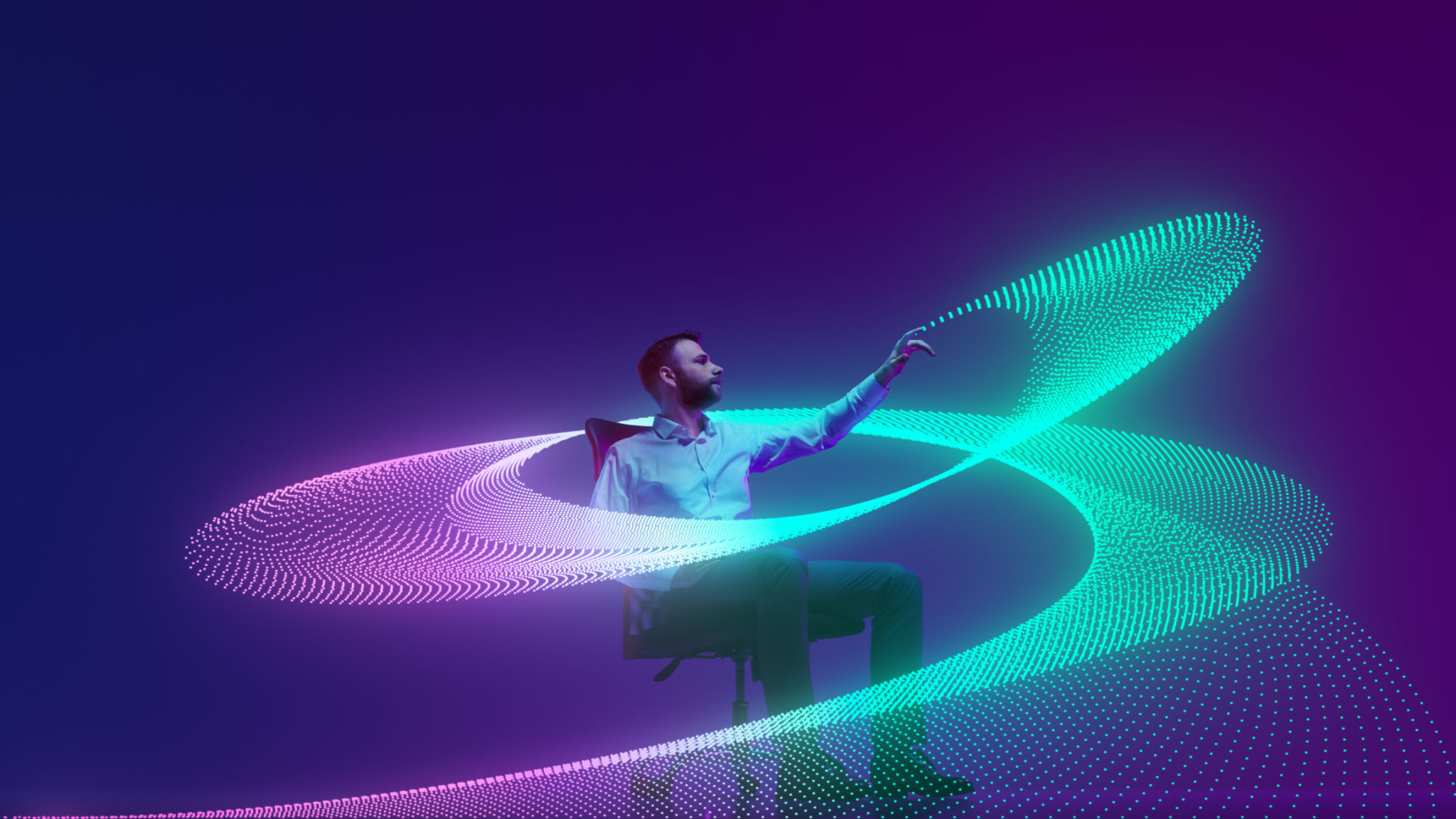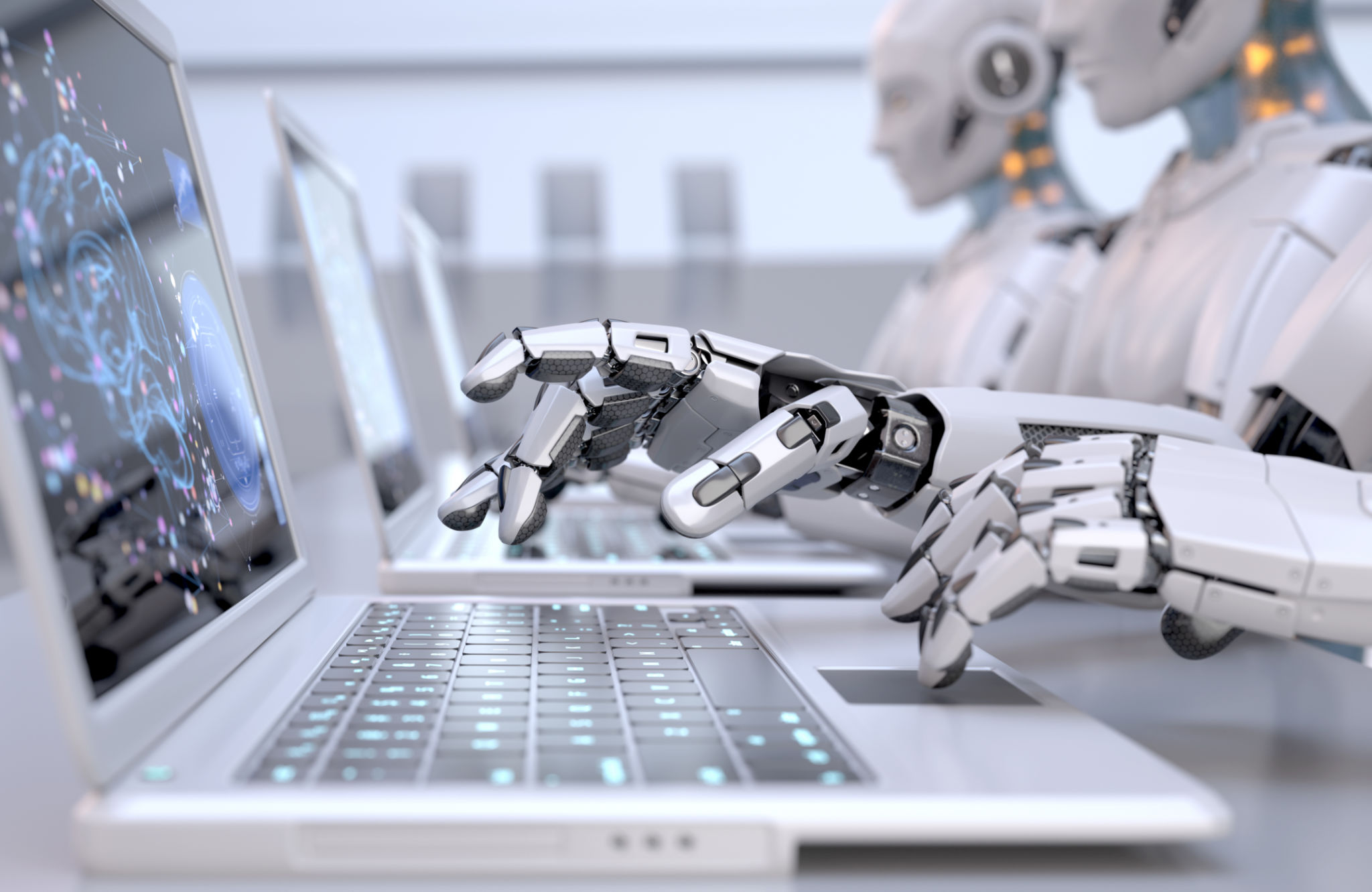Understanding AI: Debunking Common Myths and Misconceptions
DW
Understanding AI: Debunking Common Myths and Misconceptions
The rise of Artificial Intelligence (AI) has sparked numerous debates and discussions. Despite its increasing presence in various sectors, there are still many myths and misconceptions surrounding AI. Understanding the reality behind these myths is crucial for leveraging AI’s full potential in both personal and professional spheres.

Myth 1: AI Will Replace All Human Jobs
One of the most pervasive myths about AI is that it will lead to widespread job loss, rendering human workers obsolete. While AI can automate repetitive tasks, it is also creating new job opportunities. Many industries are integrating AI to enhance productivity, which often results in the creation of new roles that require human oversight and creativity. It is essential to understand that AI is more of a tool to assist humans rather than replace them entirely.
In fact, a recent study suggests that AI will not only augment jobs but also create new categories of employment. The key lies in adapting to technological advancements and acquiring skills that complement AI systems. This symbiotic relationship between humans and AI can lead to enhanced workplace efficiency and innovation.

Myth 2: AI Can Think and Act Like Humans
Another common misconception is that AI possesses human-like thinking and emotions. While AI can process information and make decisions based on data, it lacks consciousness, emotions, and self-awareness. AI operates based on algorithms and pre-set parameters without any understanding of context or emotion.
For example, while an AI can generate a human-like conversation or artwork, it does so by recognizing patterns in data rather than possessing any creative intuition. Thus, AI is a powerful tool for pattern recognition and data analysis but lacks the nuanced thinking and emotional depth inherent to humans.

Myth 3: All AI is the Same
Not all AI is created equal; there are different types of AI with varying capabilities. The most common types are Narrow AI, which is designed to perform specific tasks, and General AI, which remains theoretical and would be capable of performing any intellectual task that a human can do.
Narrow AI systems are what we encounter in our daily lives, from virtual assistants like Siri and Alexa to recommendation algorithms used by streaming services. These systems are highly specialized and differ significantly from the concept of a sentient or self-aware AI.

Myth 4: AI is Infallible
There is a belief that AI systems are always accurate and free from error. In reality, AI systems are as good as the data they are trained on. Biases in data can lead to biased outcomes, making it imperative for developers to ensure diverse and comprehensive datasets.
Moreover, AI systems require continuous updates and improvements to maintain accuracy. As technology evolves, so does the need for regular refinement of AI algorithms to ensure they meet current standards and expectations.
In conclusion, while AI is an incredibly powerful tool with the potential to transform various industries, it is not without its limitations. By debunking these common myths, we can better appreciate the role of AI in our lives and work towards integrating it responsibly into our society.